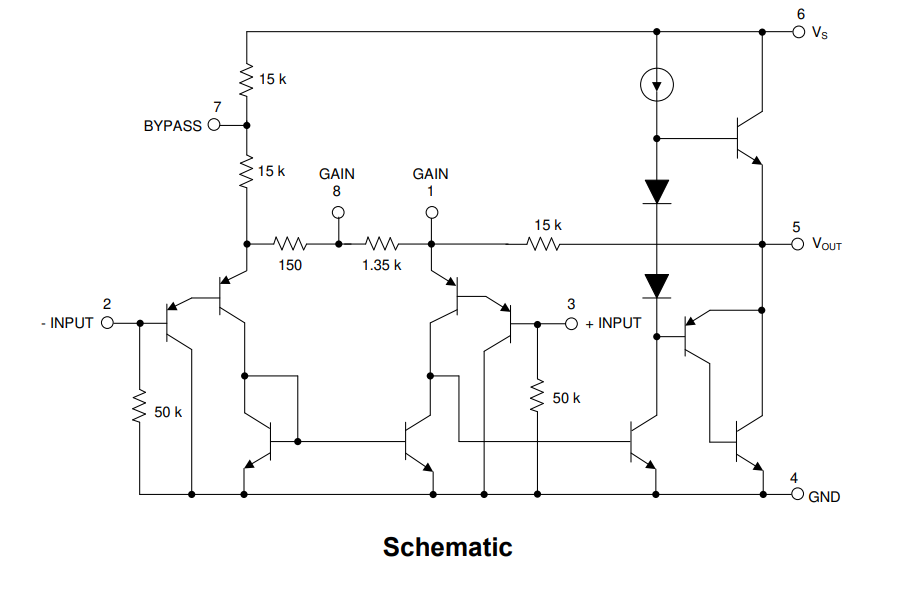The LM386
Description:#
This is an examination of Zobel networks in relation to the LM386 chip. It explains why this is needed and also provides example values for the R and the C.
A Zobel network is often considered necessary at pin 5 (the output) of an LM386 audio amplifier IC. This network, typically consisting of a resistor and a capacitor in series, is connected across the output to ground. It serves several purposes:
- Stability: The Zobel network improves the stability of the amplifier by preventing oscillations, especially at high frequencies. The LM386, being a relatively simple and low-cost amplifier, can be prone to stability issues without proper bypassing and output networks.
- Load Interaction: It helps in mitigating the effects of reactive loads. Speakers are not purely resistive loads; they have inductive and capacitive components. The Zobel network helps to dampen the interactions between these reactive components and the amplifier.
- Frequency Response: It can also affect the frequency response of the amplifier, ensuring a more consistent output across the audio spectrum.
The typical values used in a Zobel network for an LM386 are a 10 ohm resistor and a 0.047µF capacitor, but these can vary depending on the specific application and desired characteristics. While the LM386 can function without a Zobel network, including it is a good practice for achieving better performance and reliability, especially in audio applications where quality and stability are important.
Schematic#

If you have an LM386 with no Zobel network, the horrific squealing you're experiencing is likely due to oscillations or instability in the LM386 circuit, which the Zobel network can help to eliminate.
The configuration you've described is correct for implementing a Zobel network on an LM386. You would connect a 10 ohm resistor (R) at pin 5 (the output) of the LM386. Then, you would connect a 47nF (nanofarad) capacitor (C) in series with this resistor. The other end of the capacitor would then be connected to ground.
This setup acts as a simple low-pass filter, which helps to stabilize the output against the inductive reactance of the speaker or other load, thus reducing the likelihood of high-frequency oscillations which can manifest as squealing or other unwanted noise.
It's important to note that while these values (10 ohms and 47nF) are commonly used, they might need to be adjusted based on the specific characteristics of your circuit, such as the type of speaker or the power supply. However, they are a good starting point for troubleshooting the issue you've described.